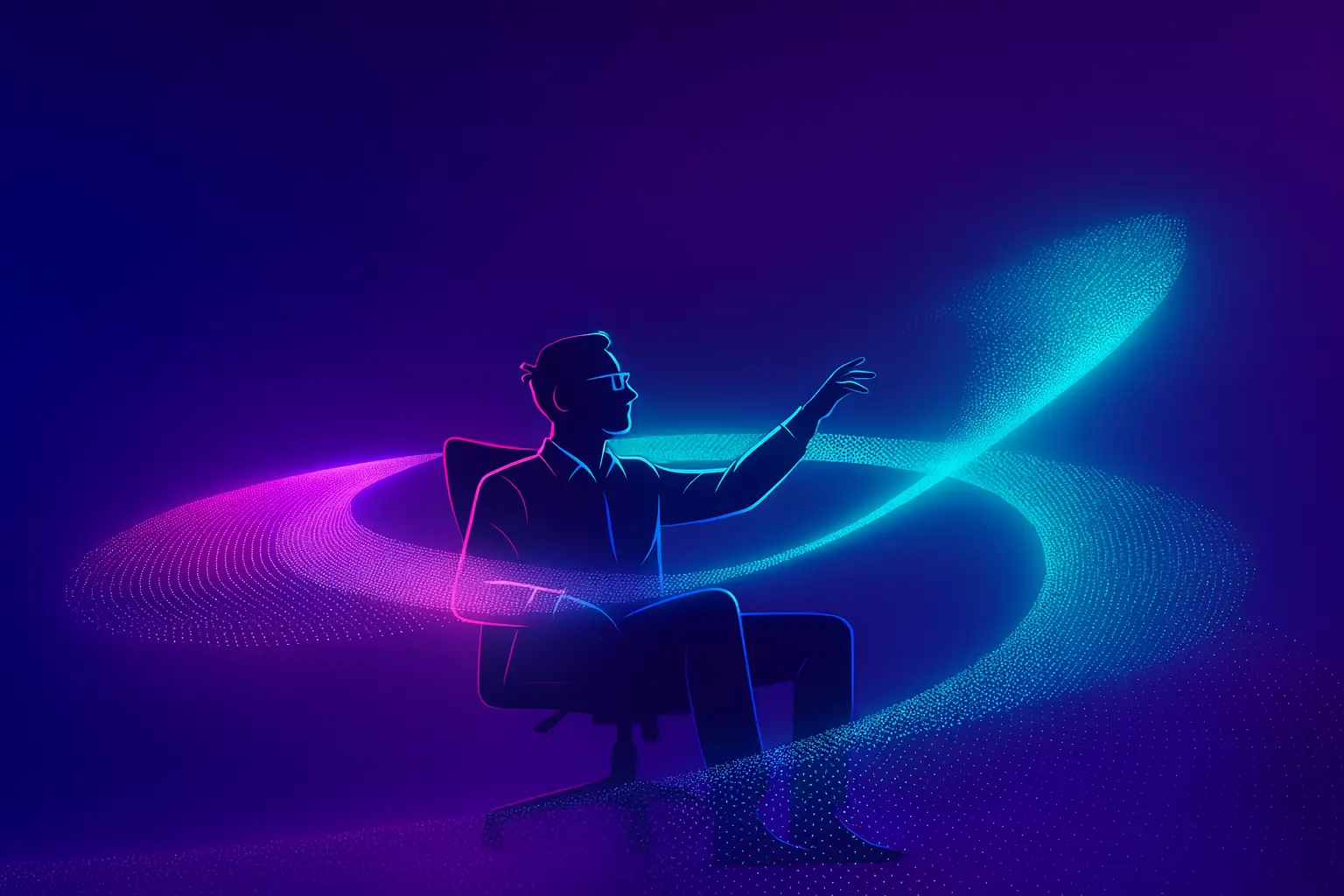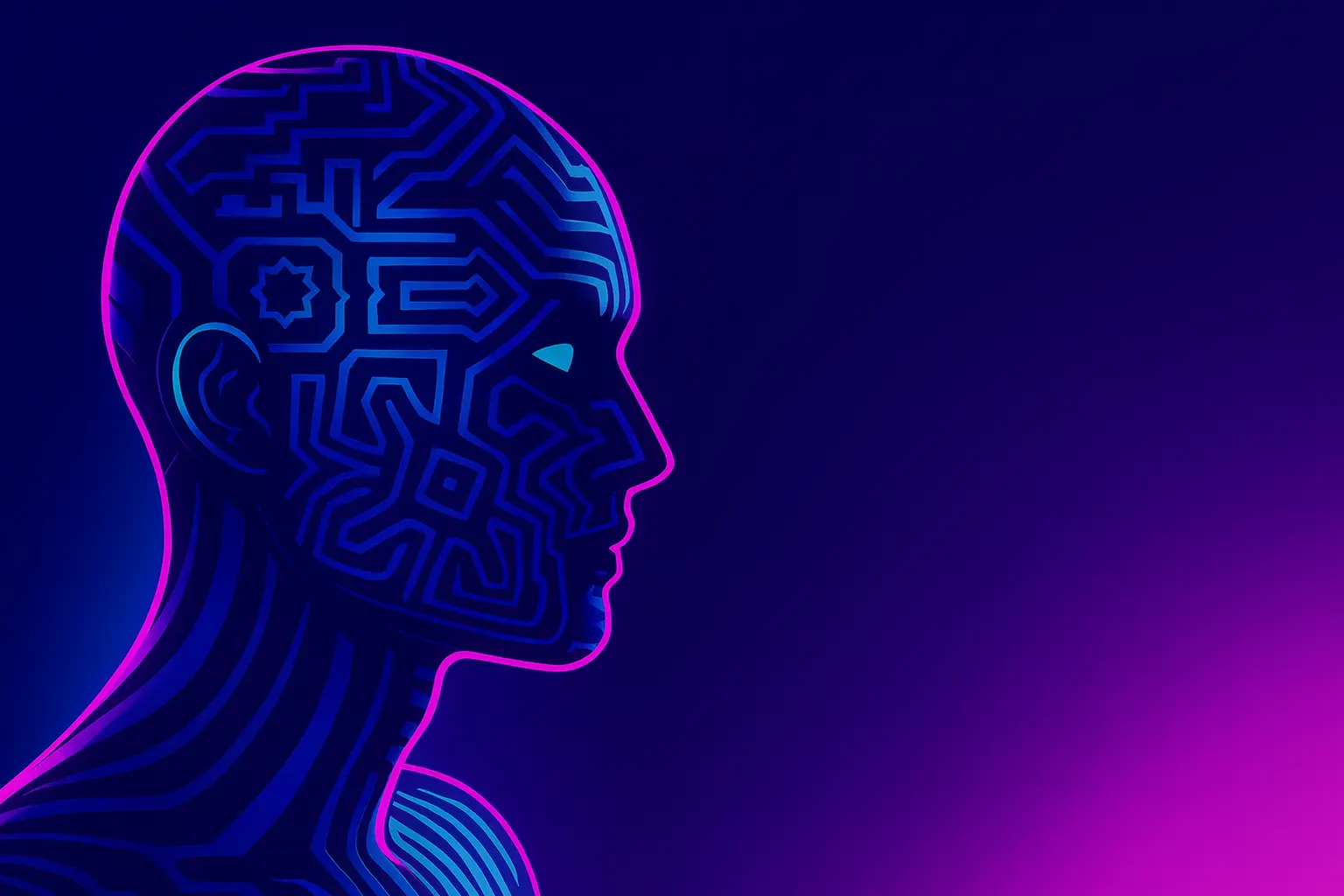Should You Build a Custom GPT? All You Need to Know about Custom GPTs
15.05.2023 | 7 min read

In the bustling world of today's digital age, where the line between reality and science fiction blurs, the magic of artificial intelligence (AI) is not just a dream anymore.
It's all about GPTs, especially Custom GPTs, and how they're changing the game by making our chats with technology not just smarter but incredibly personalized.
Imagine crafting your own chatbot with OpenAI's GPT-4, giving it custom instructions to chat away, answer FAQs, or handle any inquiry thrown its way. With tools like ChatGPT Plus, you can build a custom bot that feels more like a friend than a machine.
Whether you're looking to automate customer service, create custom prompts for a unique chat experience, or leverage the API for business use cases, the possibilities are endless.
From configuring your very own chatbots to coding without actually coding, the world of custom GPTs allows you to customize, query, and generate responses that fit real-world needs.
All You Need to Know about Custom GPT
So, let's dive into what a custom GPT is and how you can use this generator to configure, customize, and automate your way to innovative solutions, making every chat, bot, and interaction uniquely yours.
Understanding OpenAI Custom GPT
Dive into the world of Custom GPTs, where the future of digital assistance is not just a concept, but a customizable reality.
With the power of GPT models, developers now have the toolkit to create a custom GPT that acts not just as a chatbot but as a versatile digital assistant, finely tuned to cater to specific use cases. Whether it's crafting a version of ChatGPT that excels in customer support, content generation, or even providing nuanced medical advice, CustomGPT stands as a testament to the advancements in AI, offering a canvas for personalization.
The journey to build a custom GPT involves a detailed guide to building a custom model developed by OpenAI, where you can infuse your Chat GPT with extra knowledge, ensuring responses to user queries are not just accurate but also highly relevant.
This process of creating custom GPTs or even a custom AI chatbot is designed to be seamless, allowing for integration with APIs, and leveraging large language models for a broad spectrum of applications, from e-commerce to data analysis.
Imagine telling the AI precisely what you need, from conversation starters for an engaging customer interaction to complex data analysis for business tasks. With a ChatGPT Plus subscription, your model gains access to an even more extensive knowledge base, ensuring that every response is tailored to your needs.
The ability to create, use, and refine these generative pre-trained transformers (GPTs) for businesses ensures that your digital assistant remains both accurate and reliable, enhancing customer satisfaction through personalized and meaningful exchanges.
In essence, CustomGPT invites you to create your own GPT using a blend of natural language processing, generative AI, and your unique knowledge files.
This endeavor into custom GPT using OpenAI's platform ensures that your model is able to understand and interact with technology in a way that's specifically designed for your domain, making every customer interaction, content creation effort, or inquiry handling as efficient and impactful as possible.
The Role of RAG in Custom GPTs
Retrieval Augmented Generation, or RAG for short, might sound like tech jargon, but it's actually a pretty cool trick to make your AI, like a custom chatbot, smarter and more up-to-date.
Imagine you're teaching your AI to be a know-it-all by giving it a giant book of facts it can peek into whenever it needs to answer a question. This is super handy for making sure your AI, whether you create a GPT from scratch or tweak an existing one to create a chatbot, stays sharp and relevant.
When you're diving into AI training or model training, you want the bot you're working on to not just throw back canned responses.
Instead, with RAG, your AI digs into the most current info out there before it replies. This means your chatbot isn't just repeating stuff; it's giving fresh, accurate answers. It's like having a talk with someone who's always up-to-date with the latest news.
So, whether you're building a chatbot for fun or for your business, incorporating RAG into your AI's training plan ensures your GPT is not only smart but also incredibly informed and helpful.
The Finetuning Process
Think of fine-tuning like teaching your AI to become an expert in a specific area, kind of like how a medical student focuses on becoming a heart surgeon after getting a broad medical education.
It's about taking a general AI model and giving it a deep dive into a particular subject by feeding it a bunch of specialized data. This special training makes the AI way smarter in that field, allowing it to give back accurate and relevant responses when you talk with it.
So, when you use custom settings to create GPTs, you're essentially telling your AI, "Hey, I want you to be a pro at understanding legal stuff," and then you give it access to loads of legal documents. After this focused model training, your AI becomes super good at offering legal advice, showing just how flexible and adaptable these AI models can be across different areas.
Whether you're looking to use GPTs for fun projects or serious business, fine-tuning them with the right data ensures they're not just smart, but also incredibly on-point and helpful for whatever you need them to do.
Personalizing Chatbot Prompts
Personalizing prompts for your AI is like knowing exactly how to ask a question to get the best answer from a search engine. It's all about tweaking that first question or input you give to an AI so that it knows exactly what you're looking for.
This isn't just about making your AI sound smart; it's about making it work smarter for you.
By customizing these prompts, you're not just throwing words into the digital void; you're guiding your AI to give back responses that are spot-on and super relevant to what you need. This kind of customization is a game-changer, especially if you want to create an AI that feels more human, more like a natural part of the conversation.
So, if you're sitting there thinking, "I want to create a chatbot that really gets my customers," or "I want to make my custom GPT understand my research queries better," this is where you start.
By tailoring your prompts, you ensure that your data is being used in the best way possible, leading to interactions that are not just efficient but also genuinely engaging.
Whether you want your chatbot to handle customer service like a pro or you're aiming for an AI that can dive deep into complex topics with you, getting the prompts right is your first step towards an AI that truly understands its task.
Exploring GPT Tool Usage
The application of GPT tools spans a wide array of industries and purposes, from enhancing educational programs to streamlining business operations. These tools leverage the power of GPT models to automate and improve tasks that traditionally required human intelligence.
For example, using ChatGPT by OpenAI as a learning tool can revolutionize the educational experience by providing personalized tutoring or generating creative teaching materials.
The diversity of GPT tools available today highlights the technology's versatility and potential to transform various aspects of our lives and work.
Should You Create a Custom GPT?
The arrival of Custom GPT tech is like opening a brand-new chapter in the book of AI. It's all about making AI more personal, faster, and really hitting the mark with what we need it to do.
Think of it as having the tools to build your very own AI CustomGPT by OpenAI, or using something called RAG to grab fresh info on the fly, or even tweaking AI models so they're just right for what you need.
These cool steps forward show just how much AI can change things for the better.
By making prompts that speak directly to what we want and checking out all the different ways we can use these tools, we're getting a glimpse of a future where AI is easier for everyone to use, more on-point, and makes a bigger splash in our lives.
So, now, the decision is yours — should you create a custom GPT?



